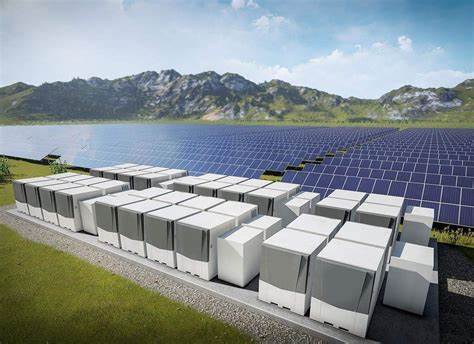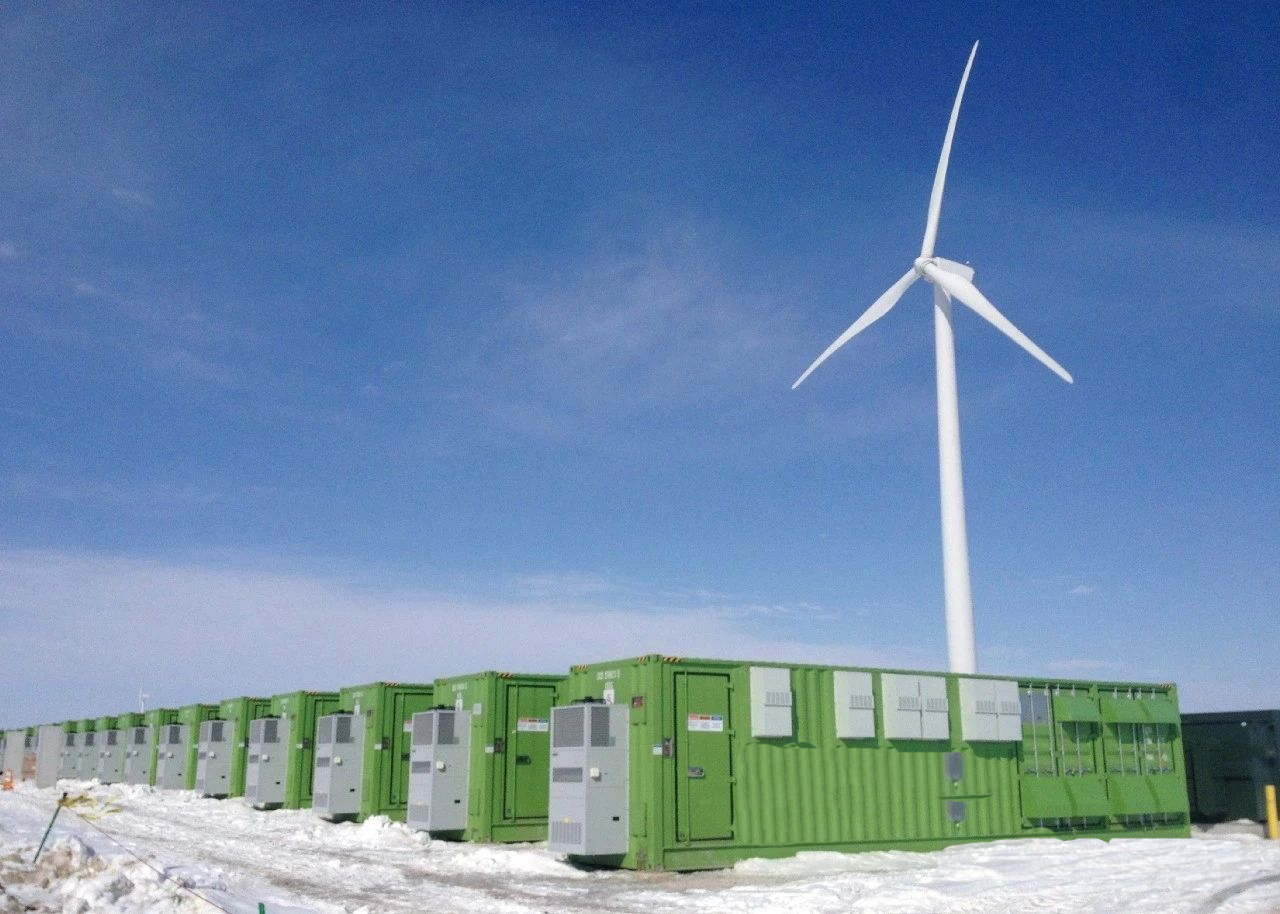
Nov. 22.2023, 18:39 Uhr Zurück zur Liste
Langfristige Energiespeicheranwendungen sind von Bedeutung
Long-duration energy storage is still in its early stages of development and there is no universally agreed-upon definition for the duration of long-duration energy storage, both domestically and internationally. The definition of long-term energy storage varies across regions due to differences in power demand, renewable energy distribution, energy storage scale layout, and energy storage policy support. In China, for instance, long-term energy storage is generally defined as energy storage technology lasting more than 4 hours, in order to differentiate it from the large-scale construction of 2-hour energy storage systems.
The global market for long-duration energy storage has experienced significant growth in recent years, with the value of projects currently in operation or under construction exceeding $30 billion. If all ongoing projects are completed and put into operation in the next few years, the total installed capacity of long-term energy storage is expected to increase by 57 million kilowatts. This would be equivalent to approximately three times the total installed capacity of long-term energy storage worldwide in 2022. These developments are of great significance for the mid- to late-stage construction of a zero-carbon power system and in achieving the goal of reducing carbon emissions.

Da der Anteil der installierten Wärmekraftkapazität allmählich abnimmt, um das „Double Carbon“-Ziel zu erreichen, besteht ein Bedarf an stabilen Grundlast-Stromerzeugungsressourcen. „Langfristige Energiespeicherung + große Wind- und Solarprojekte“ entwickeln sich zu einer vielversprechenden Alternative zu fossilen Brennstoffen und werden wahrscheinlich die künftige Generation von Grundlaststromressourcen werden. Dieser Übergang ist für den langfristigen Aufbau eines CO2-freien Energiesystems von entscheidender Bedeutung.
Neben der Bereitstellung einer stabilen Stromerzeugung spielt die langfristige Energiespeicherung auch eine entscheidende Rolle bei der Bewältigung der schwankenden Stromerzeugung aus erneuerbaren Energiequellen. Da der Anteil von Wind- und Solarenergie zunimmt, stellt die unregelmäßige Stromerzeugung eine Herausforderung für die Netzstabilität dar. Der Ausbau weiterer Übertragungsnetze allein reicht nicht aus, um dieses Problem zu lösen. Die langfristige Energiespeicherung kann mit ihrer Fähigkeit, die Schwankungen der neuen Energieerzeugung über einen längeren Zeitraum zu regulieren, dazu beitragen, Netzüberlastungen in Perioden mit überschüssiger sauberer Energie zu vermeiden und den Verbrauch sauberer Energie in Spitzenlastzeiten zu verbessern.

Another significant application of long-term energy storage is ensuring power supply during extreme weather events and reducing electricity costs for society as a whole. As we work towards achieving the "double carbon" goal, large-scale and high-security power systems are required for different durations. Energy storage technology, especially long-term energy storage, is poised to become one of the core technologies in ensuring energy security. Research and development efforts are crucial during the 14th and 15th Five-Year Plan periods to develop advanced technologies for adjusting the medium and long-term power structure and to expand the overseas long-term energy storage market.
Looking towards the future, as new energy power generation approaches or even surpasses 50% of total power generation, the need for energy storage technology with a duration of 10 hours or more will become increasingly crucial. The random and volatile nature of renewable energy sources makes it insufficient to support the safe and stable operation of power systems. Long-term energy storage will therefore play a vital role in ensuring peak supply, coping with extreme weather events, and mitigating the seasonal imbalances of new energy sources. For example, in southeastern coastal areas where wind power has a high share, the occurrence of typhoons or other extreme weather events may lead to shutdowns of wind turbines and power shortages lasting 3-5 days. In such cases, energy storage with a duration of approximately 100 hours is required to meet the adjustment needs and ensure uninterrupted Energy storage power supply.
Verwandte Produkte:
Selbstkühlender, dezentraler Energiespeicherschrank EN-215 für den Außenbereich – Leistungstyp
Wird bei Verstoß entfernt
Referenz-Website:https://www.chinanews.com/
-
Wireless DC Charging: The Next Frontier in Contactless EV Power Delivery
NachrichtAug.04,2025
-
Hybrid BMS Energy Controls: Integrating Renewable Energy Sources
NachrichtAug.04,2025
-
Blockchain for Secure and Decentralized EMS Power Systems
NachrichtAug.04,2025
-
AI-Driven for Smart Grids: Energy Management System (EMS)
NachrichtAug.04,2025
-
Advanced Distribution Management System (ADMS) Energy
NachrichtAug.04,2025
-
5G-Enhanced BMS Energy Savings: Ultra-Low Latency Control
NachrichtAug.04,2025























